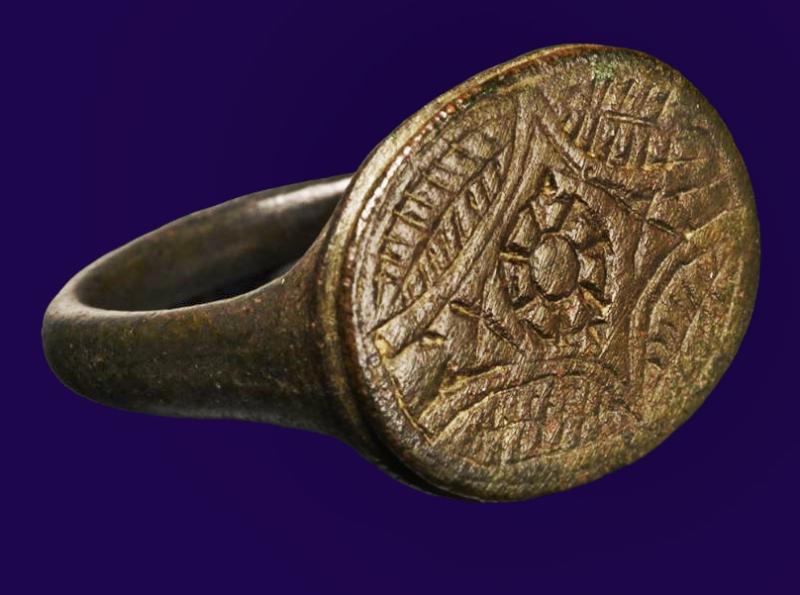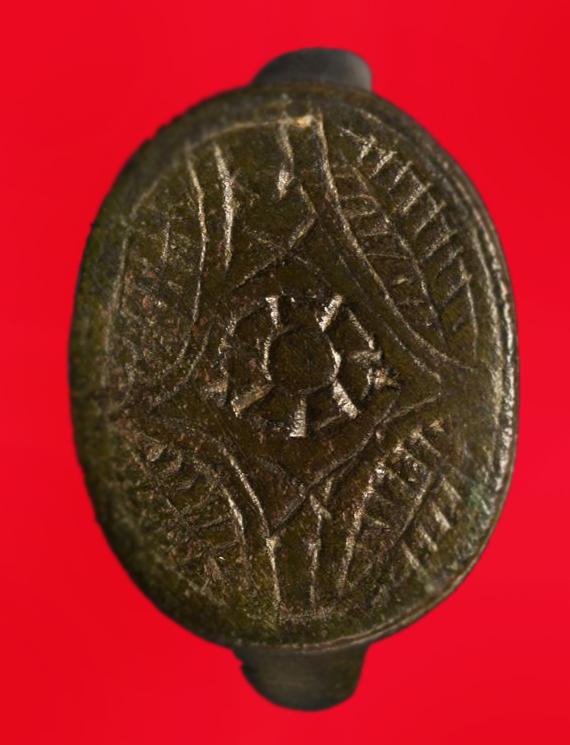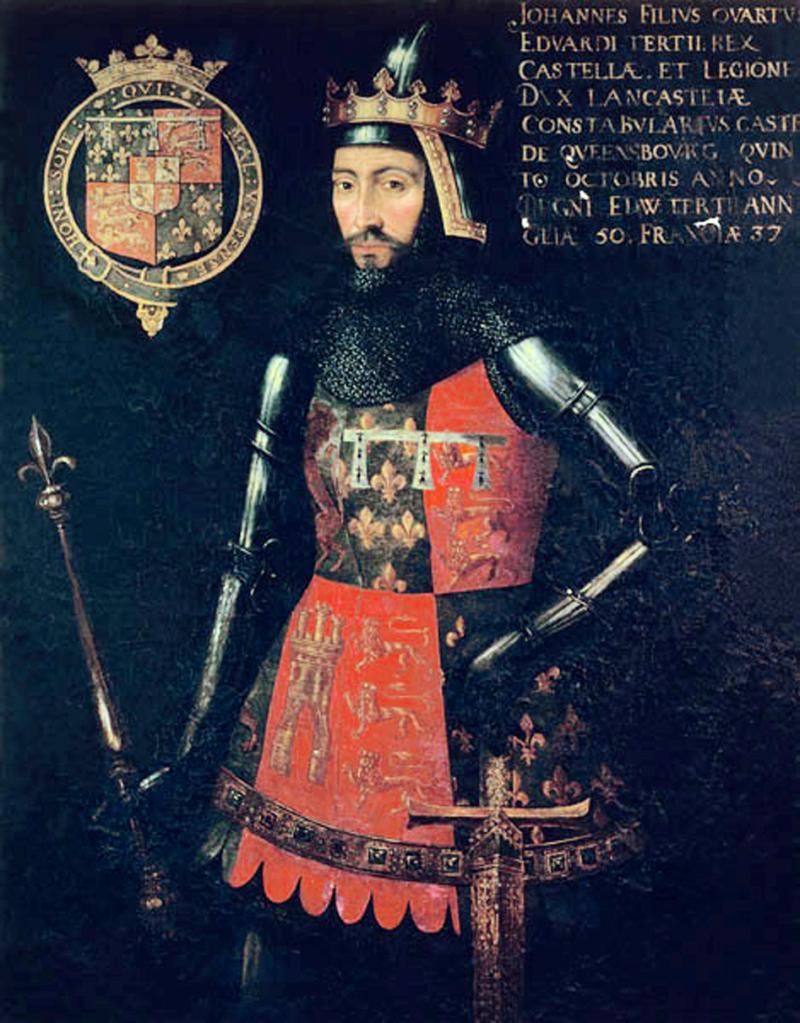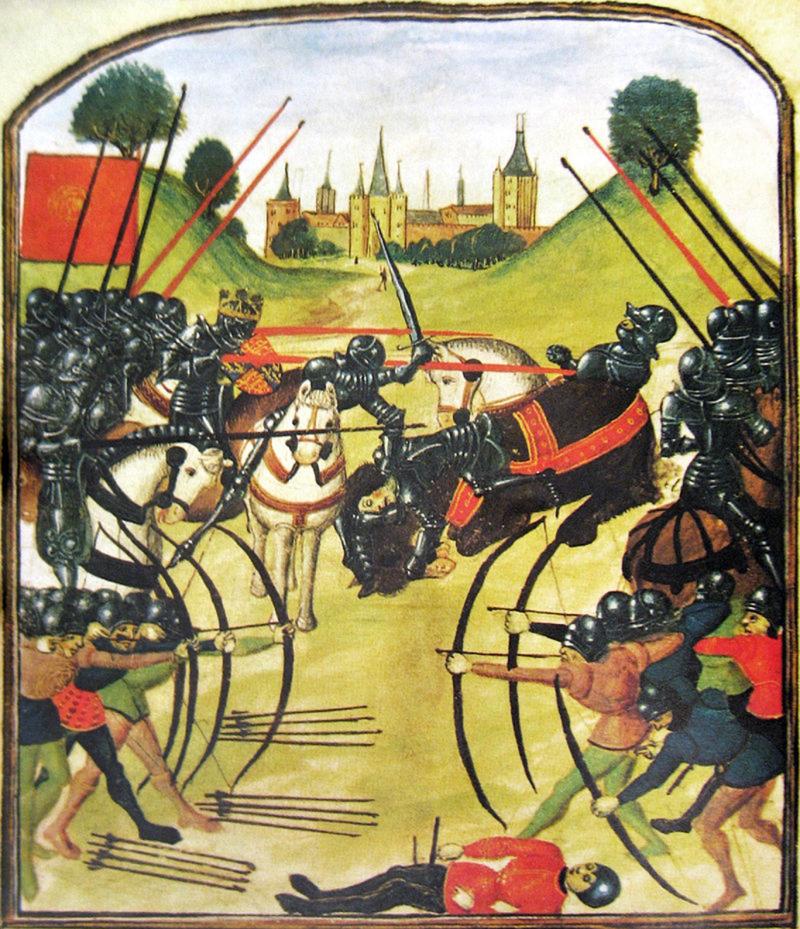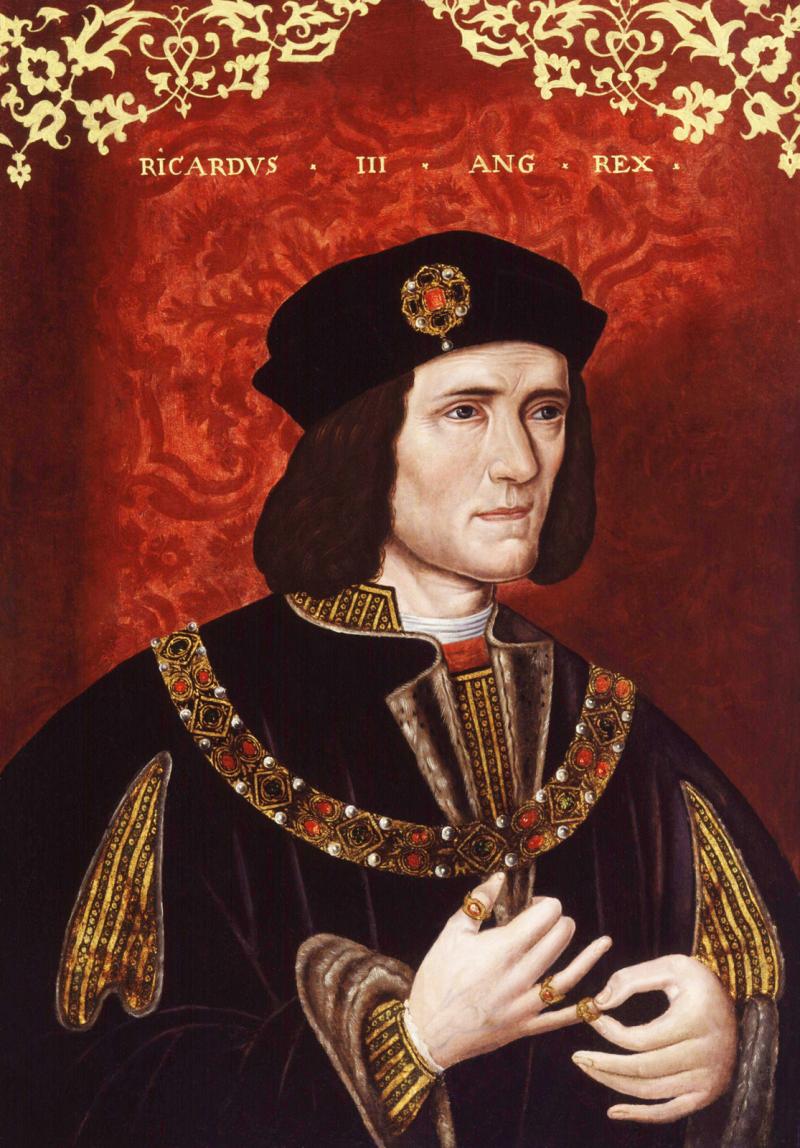A Captivating, Plantagenet, War Of The Roses Era Bronze Ring, Circa 1455, With A Central Engraved Yorkist or Lancastrian Rose Surrounded By Four Rose Leaves. Likely Worn By A Plantagenet, Aide, or Supporter.
The House of Plantagenet ruled England in some form or another from the reign of Henry II, beginning in 1154, until the House of Tudor came to power when Richard III fell at the Battle of Bosworth Field in 1485, and thus the fall of the house of the Plantagenets, and the start of the Tudor Age.
It goes back to the Angevin counts (from 1360, dukes) of the western French province of Anjou. Three dynasties belong to it: Angevins, House of Lancaster (Lancastrians) and House of York (Yorkists). Lancastrians and Yorkists fought against each other the Wars of the Roses to get the crown for their dynasty alone.
The name "Wars of the Roses" refers to the heraldic badges associated with the two rival branches of the royal House of Plantagenet fighting for control of the English throne; the White Rose of York and the Red Rose of Lancaster.
It culminated in the defeat of King Richard IIIrd at the Battle of Bosworth field in 1485, and the start of the Tudor Age, who combined the white rose and the red rose to create the Tudor Rose.
Embryonic forms of this term were used in 1727 by Bevil Higgons, who described the quarrel between the two roses and by David Hume in The History of England (1754–1761):
The people, divided in their affections, took different symbols of party: the partisans of the house of Lancaster chose the red rose as their mark of distinction; those of York were denominated from the white; and these civil wars were thus known over Europe by the name of the quarrel between the two roses
Every single item from The Lanes Armoury is accompanied by our unique Certificate of Authenticity. Part of our continued dedication to maintain the standards forged by us over the past 100 years of trading
Code: 25801
495.00 GBP

